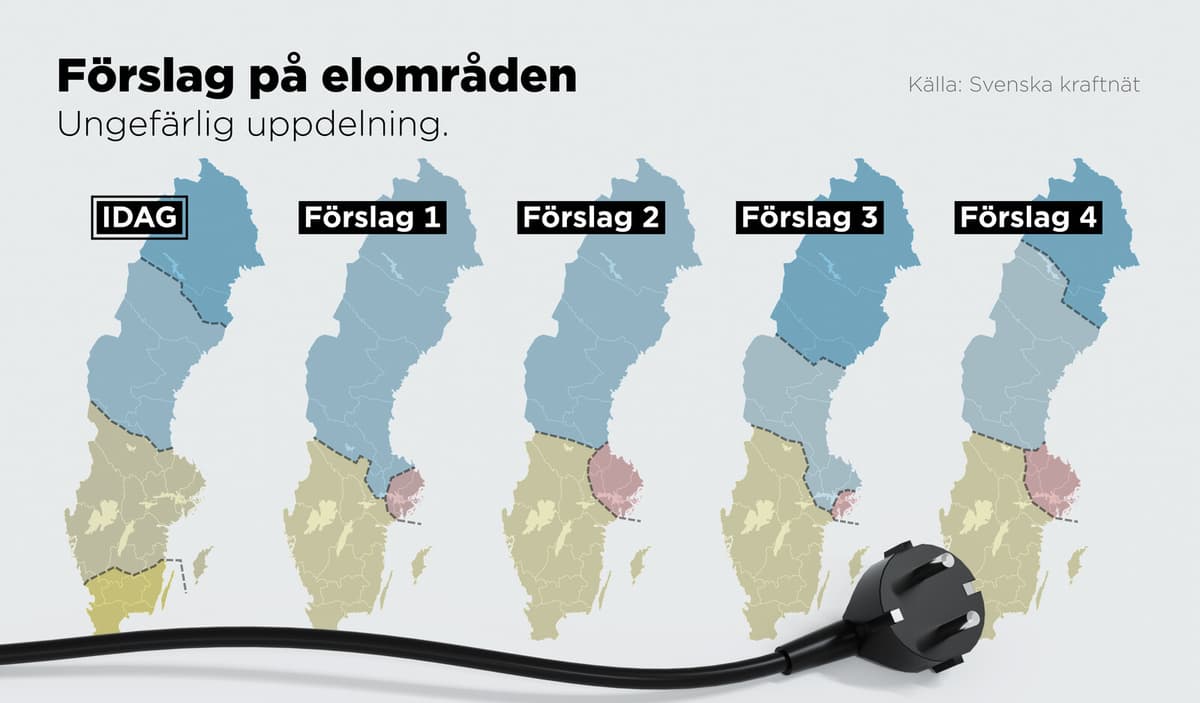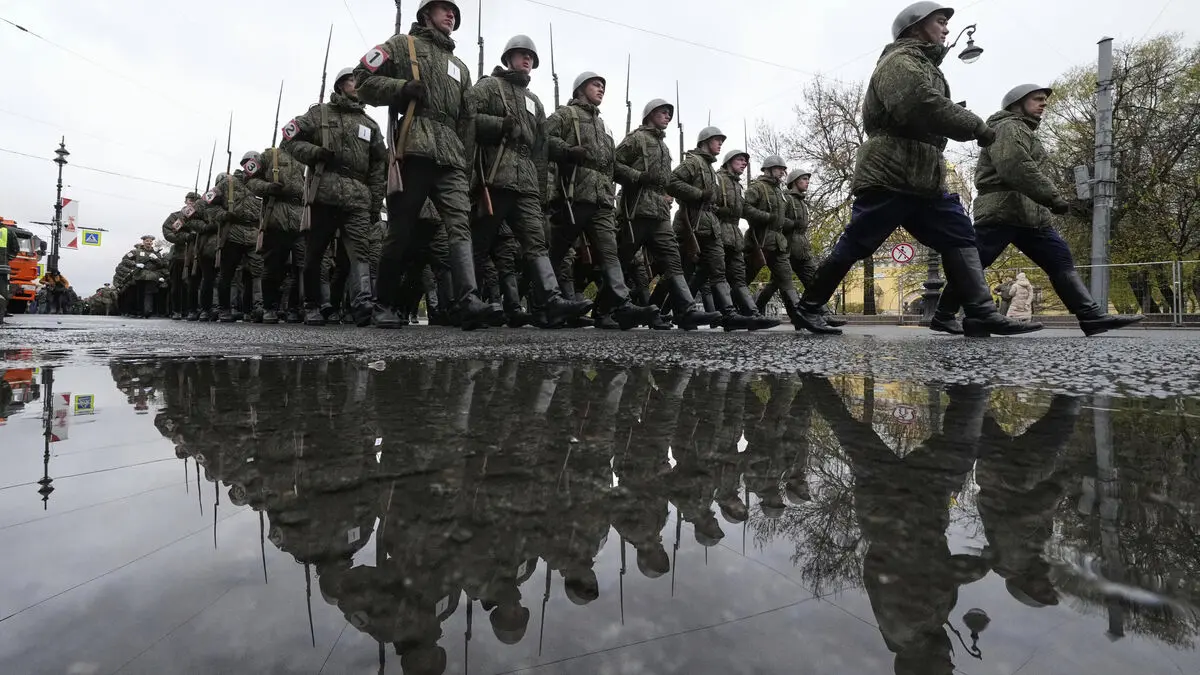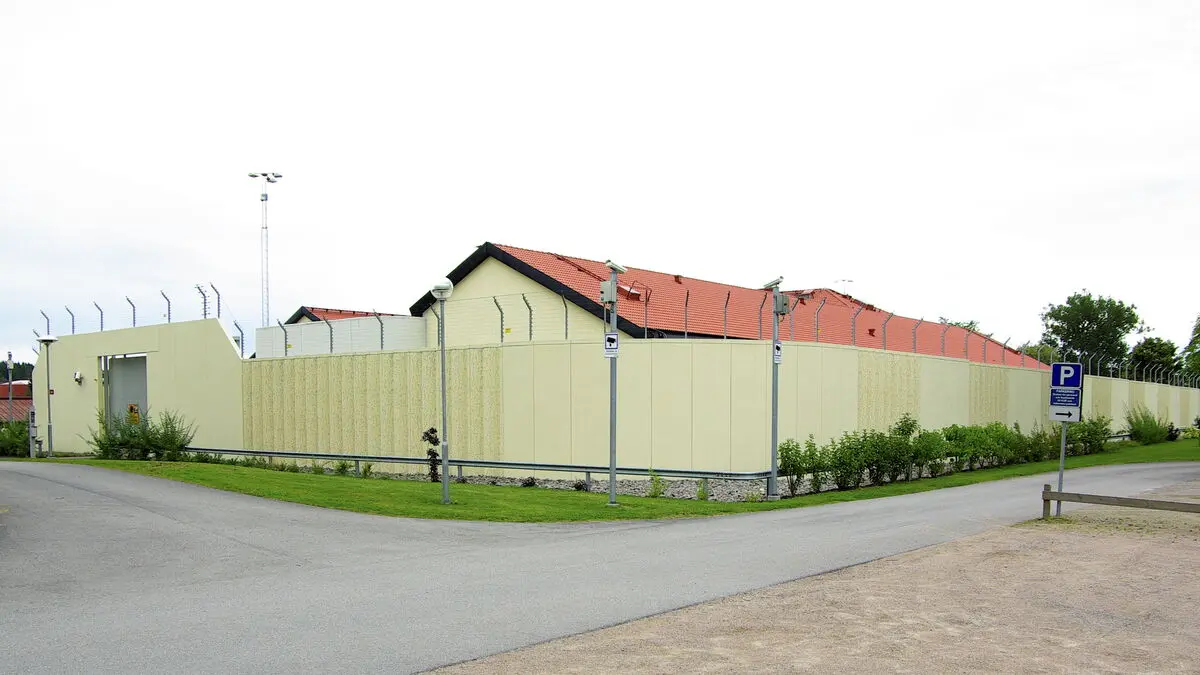The division of Sweden into electricity areas, which took place in 2011, has been a source of debate and controversy in recent years when electricity prices and price differences between north and south have skyrocketed.
On April 28, Svenska Kraftnät (SVK) will, together with its sister organizations in the EU, present its proposals for new electricity areas. SVK has previously presented four variants for Sweden, or alternatively doing nothing at all. The biggest change in all alternatives is that the Stockholm area becomes its own electricity area.
Then Stockholm risks becoming a large deficit area, says Christian Holtz, electricity market analyst at the consulting firm Merlin & Metis.
Connection to nuclear power
This could lead to higher electricity prices for Stockholmers. But it doesn't have to be that bad, if the Forsmark nuclear power plant is included in the electricity area, which some of SVK's alternatives do. Additionally, the Stockholm area would, via the Finland cable, get proximity to our eastern neighboring country, which is increasingly becoming an area with electricity surplus.
So it will still dampen prices in Stockholm, says Holtz.
In all SVK's alternatives, the entire southern Sweden becomes one electricity area, which is currently area 3 and 4. This would probably give slightly lower prices in Skåne and surrounding areas, according to Mats Nilsson and Christian Holtz.
"If you want to"
A total abolition of electricity areas, i.e. one single area, is hardly realistic. None of the assessors TT has spoken to believe that. Unfortunately, thinks Mats Nilsson.
Svenska Kraftnät must lift its gaze and look at the customer perspective. It's clear that it's possible if you want to, he says.
This would probably make electricity more expensive in the north but cheaper in the south. Additionally, electricity producers in Norrland would get better paid for their electricity.
"There are pros and cons to the different alternatives, for example, we believe that forming Stockholm as an electricity area will be difficult because the small size limits in various ways," says Energiföretagens analyst Magnus Thorstensson in a written comment.
Meanwhile, among others, the German equivalent to SVK will come up with proposals for electricity areas. Above all, neighboring countries think it's obvious that Germany should be divided into two areas. This would reduce price pressure northwards towards, among others, Sweden. But it won't happen, thinks Mats Nilsson:
It's too politically sensitive to divide Germany.
Today, Sweden is divided into four electricity price areas. The purpose is to highlight where more electricity production needs to be built. With hindsight, it can be stated that this has not happened, rather the opposite with shut-down nuclear reactors in southern Sweden where the electricity shortage is greatest.
The review of electricity areas has been ongoing for several years. It is the EU's coordinating electricity authority Acer that holds the regulatory system.
Svenska Kraftnät and Acer have developed four alternatives. It can also happen that the current four electricity price areas are retained intact.
In Sweden, it is ultimately the government that decides on electricity areas. At the earliest, new electricity price areas may be introduced in 2027.
Source: Svenska Kraftnät





